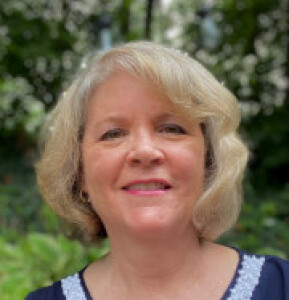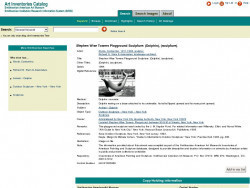Jean-Marie Galing's collections
Houses
<p>Images support learning in first grade "Dream House for My Family" lesson. For architecture puzzle activity, print selected images and cut them into pieces that focus on parts of the building. Allow table groups to work together to reassemble the house image and name the parts of the house. </p><p>Discuss images of model houses to introduce the lesson challenge: <em>Create a 3-dimensional model of a dream house for your family.</em></p>
 Jean-Marie Galing
Jean-Marie Galing
11
Community Neighborhoods
<p>Images support learning in art lessons about the big idea of Community. Compare/contrast urban, suburban, and rural communities. What do all communities have in common?</p><p>Activity: Print selected images on 8.5" x 11" card stock and laminate. Cut each image into several pieces. Number the backs of the pieces and place in a zip-lock bag with the same number. </p><p>Each student receives a puzzle piece and must work with their small group to re-assemble the image. Then make a list of clues about the community depicted. As each group shares their lists, the teacher records responses. Duplicate responses get a tally mark next to the word. </p><p>Teacher can then lead a discussion about what makes a community and help students make connections to similarities with their own local community.</p>
 Jean-Marie Galing
Jean-Marie Galing
12
Balance & Symmetry
<p>Which type of balance is represented in each image?</p>
<ul><li>Symmetrical balance</li><li>Radial balance</li><li>Asymmetrical balance</li></ul>
 Jean-Marie Galing
Jean-Marie Galing
16
Contemporary & Historic Architecture
<p>How does the past influence the present and future? Compare forms in contemporary architecture with those of buildings from ancient and Renaissance times. What similarities can you find? </p>
 Jean-Marie Galing
Jean-Marie Galing
32
Memorable Moments
<p>Look at the images. . . </p>
<p></p>
<ul><li>What is happening?</li><li>Who do you think these people are?</li><li>Do you have a memory of doing something similar? </li></ul><p>ART MAKING CHALLENGE: Create an artwork that depicts a memory of something you enjoyed with family or friends. The artwork could be a drawing, painting, or collage. </p>
<p></p>
 Jean-Marie Galing
Jean-Marie Galing
9
Louise Nevelson
<p>Did you know that Louise's dad owned a lumber yard? No wonder she enjoyed creating wood assemblages.</p>
<p>Look at a selected sculpture with a partner and discuss:</p>
<ul><li>What do you see?</li><li>How is it arranged?</li><li>What does it make you think of?</li><li>What kind of meaning or story can you find in the sculpture?</li><li>How did Louise <em>unify</em> her sculptures? (UNITY is when all the parts work together to create a cohesive artwork.)</li></ul><p></p>
 Jean-Marie Galing
Jean-Marie Galing
13
Art or Not Art?
<p>Introduction to the concept of "what is art?" Students sort images by whether they think the objects are artworks or not. For the purpose of this discussion, a photograph per se is not categorized as art; it is an image of a plant, animal, toy, sculpture, etc. </p>
 Jean-Marie Galing
Jean-Marie Galing
27
Fabulous Fabrics
<p>Use images to introduce a stamp-printing lesson with primary students. Observe selected images and discuss. . . </p>
<ul><li>What shapes or lines do you see?</li><li>Which fabrics have repeat patterns?</li><li>Which fabrics have alternating patterns?</li><li>What could the fabric be used for?</li></ul><p>Play a sorting game with images printed on cards. Categories for sorting could include stripes, plaid, checkerboard, floral, polka dot, etc.</p>
<p>ART MAKING CHALLENGE: </p>
<ul><li>Students will stamp print on paper with cardboard edges, stampers, or found objects to create patterns. </li><li>Printed paper will then be cut into clothing for collage self portraits.</li></ul><p></p>
 Jean-Marie Galing
Jean-Marie Galing
23



